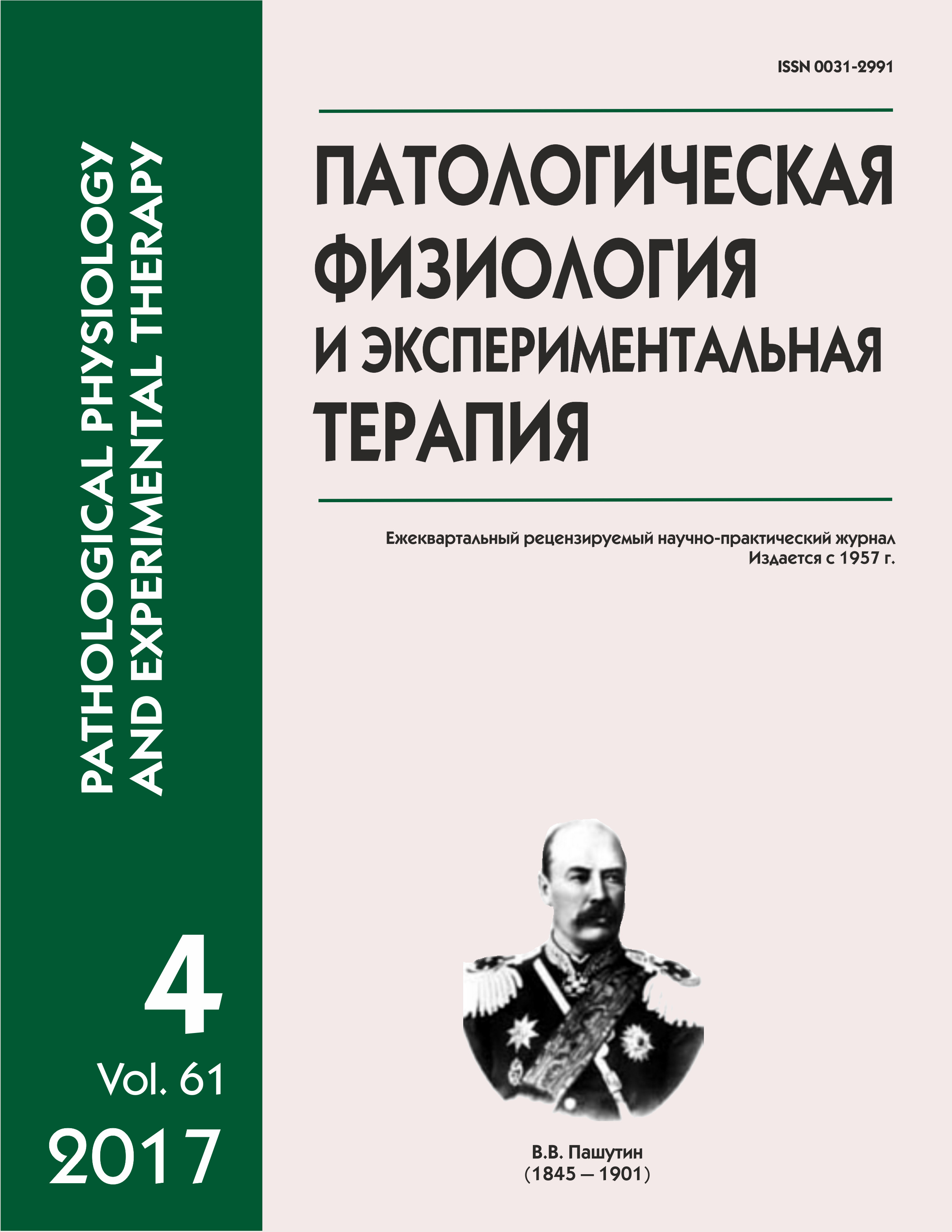Effect of cultivated multipotent mesenchymal stromal cells of adipose tissue to restore skin with local radiation lesions
DOI:
https://doi.org/10.25557/IGPP.2017.4.8524Keywords:
cellular therapy; multipotent mesenchymal stromal cells; adipose tissue; X-ray; radiation skin ulcers.Abstract
The purpose. Study of the therapeutic effectiveness of syngeneic mesenchymal stem cells (MMSK) with heavy radiation skin lesions. Methods. Experiments conducted on rats Wistar-Kyoto inbreed. Local irradiation dose of 110 Gy (voltage on the tube 30 kV, current 6.1 Ma, filter 0.1 mm thick Al) served through an x-ray machine. Dose rate is 17.34 Gy/min. Area field irradiation was 8.5 cm2. Radiative forcing is allowed to receive severe radiation damage of the skin with long (up to 3.5 months) did not heal ulcers. MMSK singled out of the subcutaneous adipose tissue intact animals using collagenase and then cultivated in vitro. MMSK injected (1.6—1.8 х 106 cells per injection) under the skin around the radiation ulcers. The severity of radiation injury to the skin and the effects of cell therapy were evaluated in the dynamics of clinical manifestations, using planar geometry and pathomorphological methods. Results. It has been established that the introduction of cultivated syngeneic MMSK, investigated through 27 and 34 days or twice through 34 and 42 days after local irradiation enhances regenerative processes in the affected tissue, which showed faster healing Ray treated ulcers in animals compared to the irradiated control. Conclusion. The results showed that the transplanted autologous MMSK derived from adipose tissue, can be effective in the treatment of long-term healing of radiation ulcers.Downloads
Published
2017-12-18
Issue
Section
Original research
How to Cite
[1]
2017. Effect of cultivated multipotent mesenchymal stromal cells of adipose tissue to restore skin with local radiation lesions. Patologicheskaya Fiziologiya i Eksperimental’naya Terapiya (Pathological physiology and experimental therapy). 61, 4 (Dec. 2017), 62–66. DOI:https://doi.org/10.25557/IGPP.2017.4.8524.






